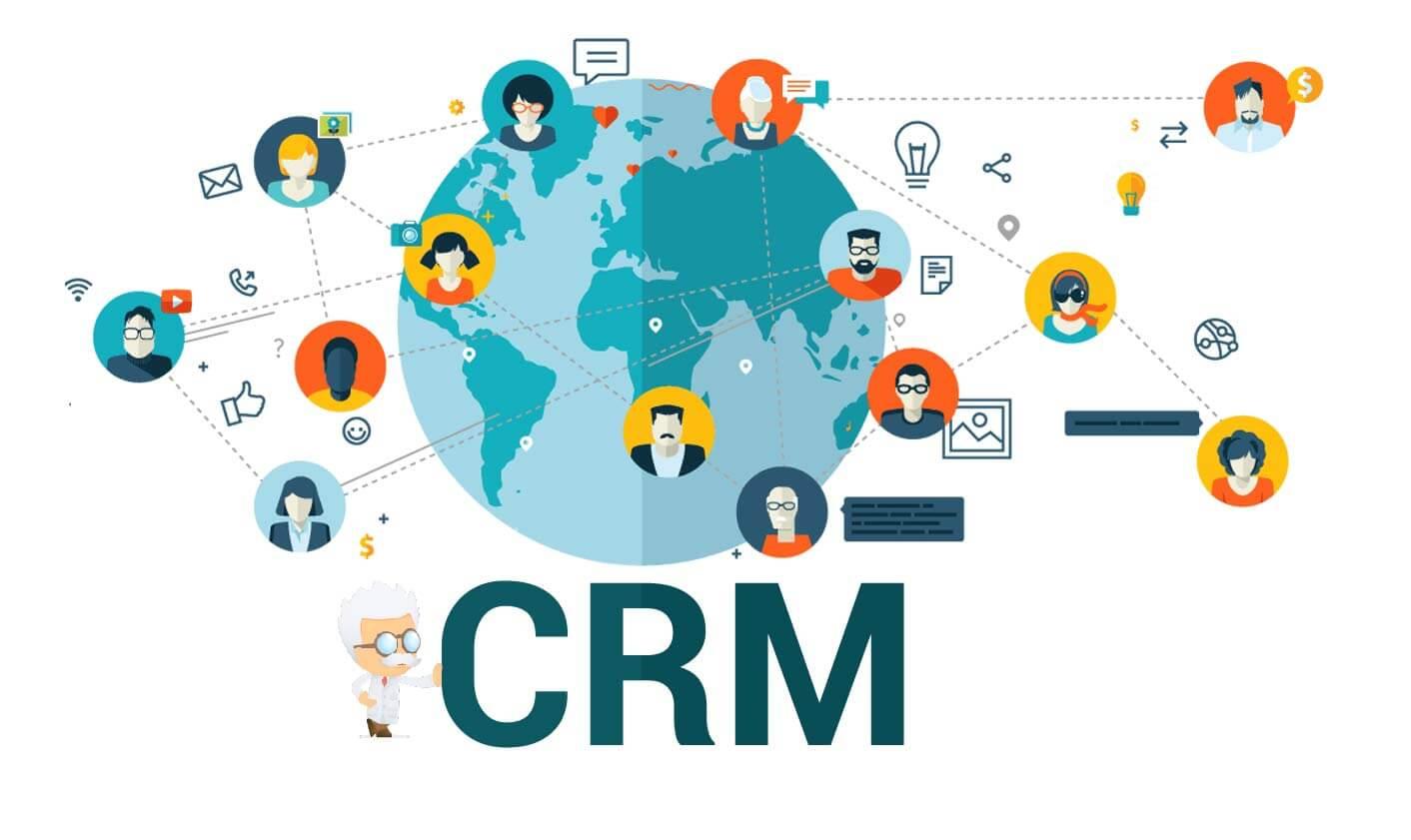A Detailed Analysis of the Competitive Global CRM Software Market Share

Understanding the distribution of market share is crucial for identifying the dominant forces and competitive dynamics within any technology sector. The global CRM Software Market Share is a dynamic and keenly contested landscape, where a few major players hold significant sway while a vibrant ecosystem of specialized vendors continues to carve out valuable niches. This competitive environment is unfolding within a market that is steadily growing towards a projected USD 156.3 Billion valuation by 2032, driven by a healthy 11.50% CAGR. The ongoing battle for market share is being fought on multiple fronts, including technological innovation, industry specialization, and pricing strategy, creating a constantly evolving picture of leadership.
The market share is currently led by a small group of enterprise software giants. Salesforce is the long-standing market leader, commanding a share larger than its next few competitors combined, thanks to its pioneering cloud-first approach and its comprehensive suite of products. Following Salesforce are other major players like Microsoft, with its rapidly growing Dynamics 365 platform; Oracle, with its strong presence in the large enterprise segment; and SAP, which also caters to large, multinational corporations. These companies leverage their vast resources, global sales channels, and extensive brand recognition to maintain their dominant positions and capture a large portion of the enterprise spending on CRM.
However, the market is far from a simple oligopoly. A significant and growing share of the market is held by a diverse group of other vendors that cater to different segments. For instance, HubSpot has successfully captured a substantial share of the small and medium-sized business (SME) market by offering an easy-to-use, all-in-one platform with a strong focus on inbound marketing and a popular free-tier offering. Zoho competes aggressively on price, offering a very broad suite of business applications, including a robust CRM, at a fraction of the cost of the market leaders. This fragmentation below the top tier demonstrates that there is ample room for vendors who can successfully differentiate themselves.
The distribution of market share is also being influenced by the rise of industry-specific, or "vertical," CRM solutions. While the market leaders offer general-purpose platforms that can be customized for any industry, a growing number of businesses are opting for solutions that are pre-built for their specific needs. These vertical CRMs, for industries like financial services, healthcare, or real estate, come with out-of-the-box workflows, data models, and compliance features that are relevant to that sector. These specialized providers are successfully capturing market share from the larger players within their target industries by offering deeper domain expertise and a faster time-to-value, further diversifying the competitive landscape.
Explore Our Latest Trending Reports:
- Art
- Causes
- Crafts
- Dance
- Drinks
- Film
- Fitness
- Food
- Spellen
- Gardening
- Health
- Home
- Literature
- Music
- Networking
- Other
- Party
- Religion
- Shopping
- Sports
- Theater
- Wellness
